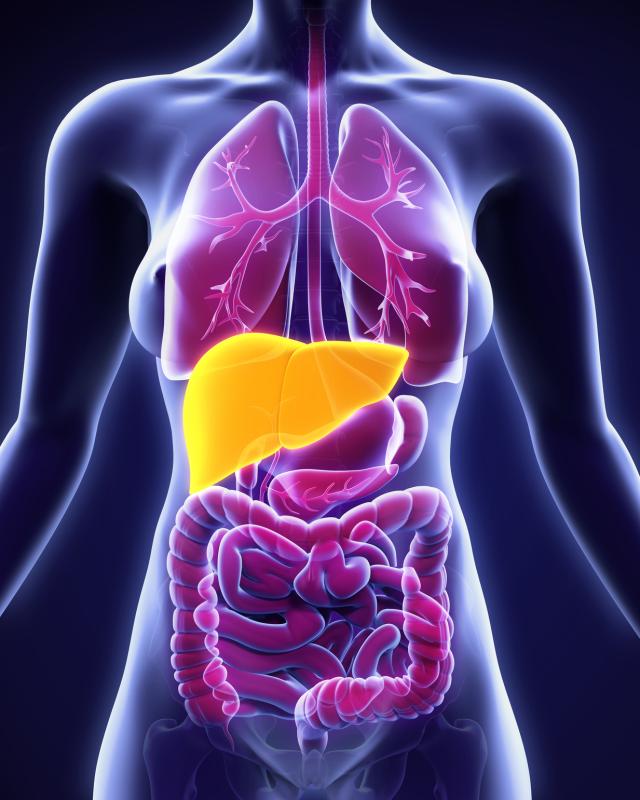
In patients with stable decompensated cirrhosis, galectin-3 may be an indicator of established chronic kidney disease (CKD), a recent study has shown.
Using a chemiluminescent microparticle immunoassay, researchers measured the galectin-3 levels in serum samples of 100 patients (mean age, 52±11 years; 69 percent male) with stable decompensated cirrhosis. Estimated glomerular filtration rate (eGFR), along with the 51chromium-EDTA method, was used to evaluate renal function.
The mean eGFR in the sample was 88±27 mL/mean, while the true-GFR, measured with the EDTA-based approach, was 80±27 mL/min. By the end of the study, 16 percent (n=16) had died and 14 percent (n=14) had undergone liver transplantation. The median serum galectin-3 concentration was 17.5 ng/mL.
True-GFR was significantly higher in patients with serum galectin-3 levels <11.7 ng/mL (90±20 vs 76±26 mL/min; p=0.03). The opposite was true for serum creatinine concentrations (0.83±0.14 vs 0.97±0.4 mg/dL, respectively; p=0.05). No such significant disparity was reported for eGFR. Participants were followed for a median of 14.5 months.
Researchers then divided the participants into two groups according to renal function: true-GFR ≥60 mL/min (n=76) and <60 mL/min (n=24). Serum galectin-3 levels were significantly lower in the former group (15.1 vs 24 ng/mL; p=0.01).
Multivariate analysis found that only serum galectin-3 was a significant and independent predictor of renal function (odds ratio, 0.869, 95 percent confidence interval, 0.761–0.994; p=0.04). Receiver operating characteristic curve analysis showed that at a cutoff of 17.5 ng/mL, the biomarker had good performance in predicting renal impairment.